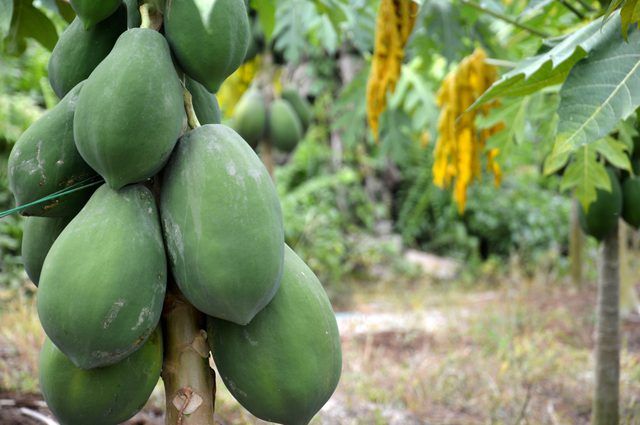Bulbs
Flower Basics
Flower Beds & Specialty Gardens
Flower Garden
Garden Furniture
Garden Gnomes
Garden Seeds
Garden Sheds
Garden Statues
Garden Tools & Supplies
Gardening Basics
Green & Organic
Groundcovers & Vines
Growing Annuals
Growing Basil
Growing Beans
Growing Berries
Growing Blueberries
Growing Cactus
Growing Corn
Growing Cotton
Growing Edibles
Growing Flowers
Growing Garlic
Growing Grapes
Growing Grass
Growing Herbs
Growing Jasmine
Growing Mint
Growing Mushrooms
Orchids
Growing Peanuts
Growing Perennials
Growing Plants
Growing Rosemary
Growing Roses
Growing Strawberries
Growing Sunflowers
Growing Thyme
Growing Tomatoes
Growing Tulips
Growing Vegetables
Herb Basics
Herb Garden
Indoor Growing
Landscaping Basics
Landscaping Patios
Landscaping Plants
Landscaping Shrubs
Landscaping Trees
Landscaping Walks & Pathways
Lawn Basics
Lawn Maintenance
Lawn Mowers
Lawn Ornaments
Lawn Planting
Lawn Tools
Outdoor Growing
Overall Landscape Planning
Pests, Weeds & Problems
Plant Basics
Rock Garden
Rose Garden
Shrubs
Soil
Specialty Gardens
Trees
Vegetable Garden
Yard Maintenance
Growing Papaya in Containers
Growing papaya plants in containers including pot size, fertilizer, watering and cultivars to grow in small spaces.
Growing tropical papaya (Carica papaya) plants in containers gives you the flexibility to move them around depending on light, temperature and garden design. Papayas, which grow in U.S. Department of Agriculture plant hardiness zones 10 through 11, need warm temperatures -- ideally between about 70 and 90 degrees Fahrenheit -- and lots of sun. These fast-growing herbaceous plants grow 6 to 20 feet tall with a thick, tree-like trunk and large, star-shaped leaves. The fruit grows in clusters out of the trunk, typically right under the leaf canopy.

Things You'll Need
15-gallon or larger planter
Potting soil
7-9-5 fertilizer
Step 1: Select the Right Container and Potting Mix
Grow papayas in a 15-gallon planter or larger that has drainage holes in the bottom. Use well-draining commercial potting mix. Alternately, blend your own potting mix by combining equal parts perlite, peat and sand, or vermiculite, peat moss and sand.
Tip
A 15-gallon container holds a 5- to 6-foot-tall papaya, ideal for dwarf varieties. For taller types use a 30- to 45-gallon planter.
Step 2: Water
Water when the top of the potting soil feels and looks dry. Water slowly, filling the pot until it penetrates to the bottom and starts to emerge from the drainage holes in the bottom.
Step 3: Fertilize
Fertilize with a liquid 7-9-5 fertilizer each time you water the container. Use 1/2 teaspoons mixed with 1 gallon of water per papaya plant. Pour the fertilizer mixture over the soil, then add additional water if necessary to dampen the pot all the way though.
Step 4: Provide Sun
Keep papaya plants in full sun -- six hours or more per day -- ideally in a south-facing spot out of the wind.
Tip
You can grow papayas in part shade as an ornamental, but expect the fruit to lack the sweet flavor of plants grown in full sun.
Step 5: Protect From Frost
Move papaya to a spot indoors or another protected spot before the first chance of frost. To avoid any chance of cold injury, move when temperatures drop below 60 degrees F. Keep papaya at or above 60 degrees F indoors year-round.
Tip
When overwintering papaya indoors:
Set it in a south-facing window away from cold drafts.
Maintain regular water and fertilizer schedule through the winter.
Varieties to Try
For containers, look for dwarf or semi-dwarf papayas such as 'Solo' (_Carica papaya 'Solo'_), a cultivar that grows 6 to 8 feet tall. The cultivars 'Red Lady' (Carica papaya 'Red Lady'), which grows 8 feet tall, and ‘T.R. Hovey’ (Carica papaya 'T.R. Hovey'), which grows 4 to 8 feet tall, are two more excellent choices for patio planters.
When purchasing papayas, ask for hermaphroditic type plants -- having both male and female flowers on one plant -- to make sure you get a good fruit harvest.
Warning
Green papayas -- as well as the leaves -- are toxic when eaten raw. Wait for fruit to ripen to an orange-yellow color before eating.